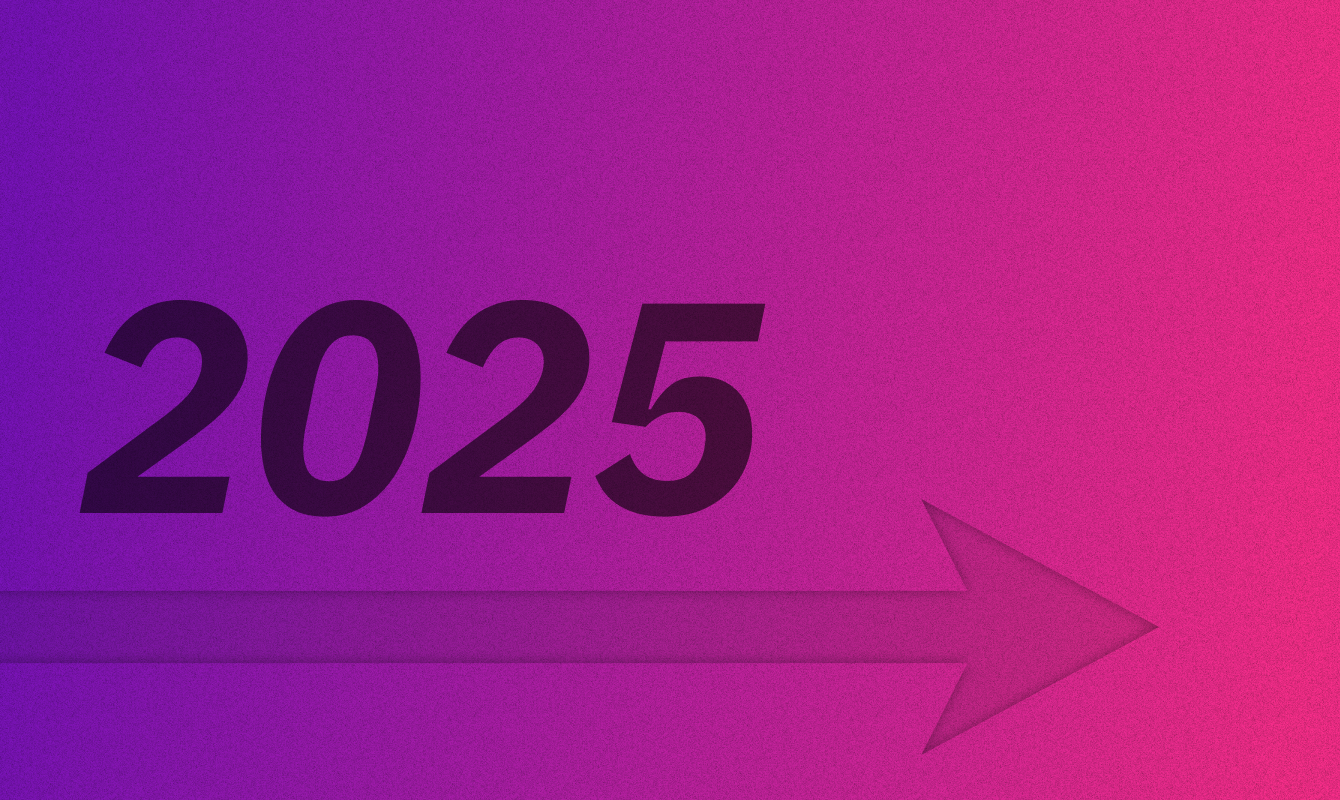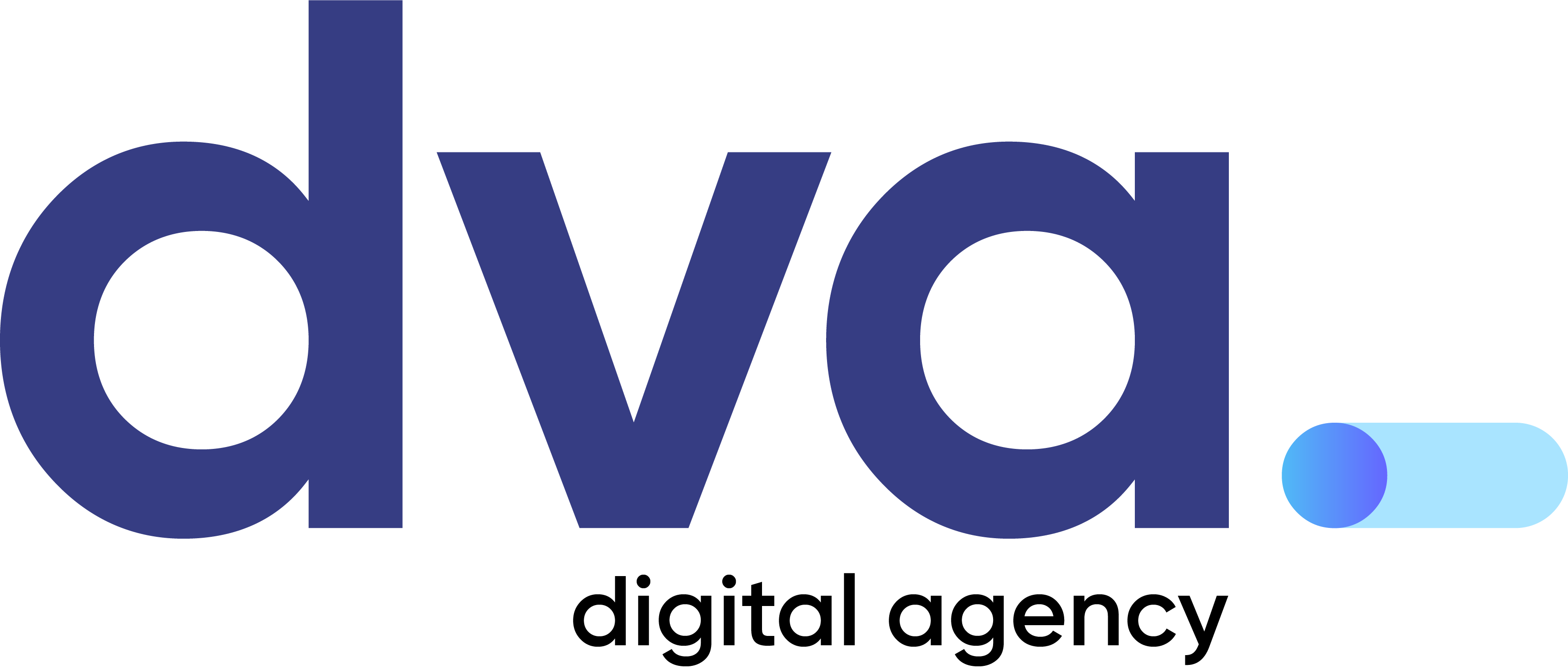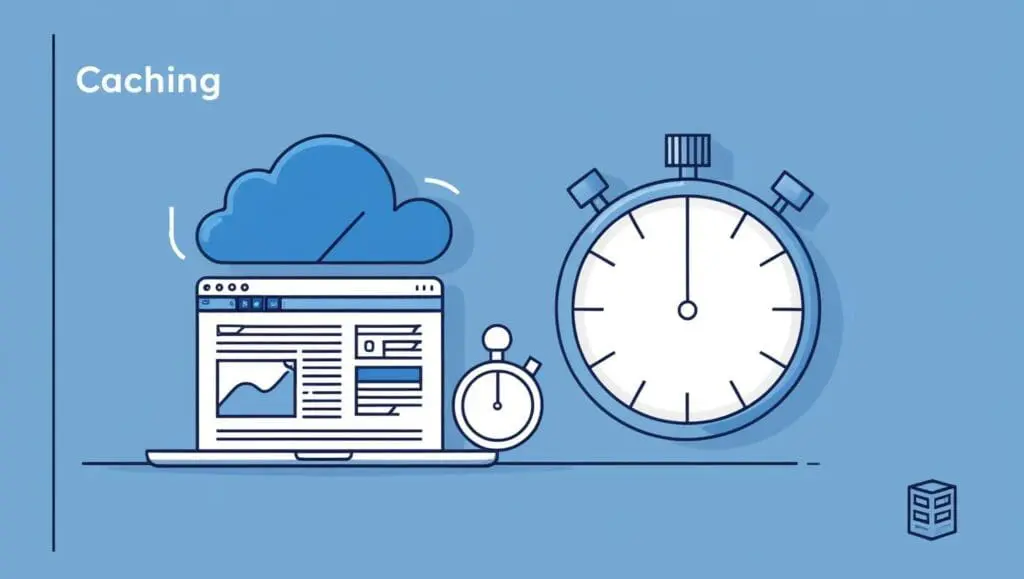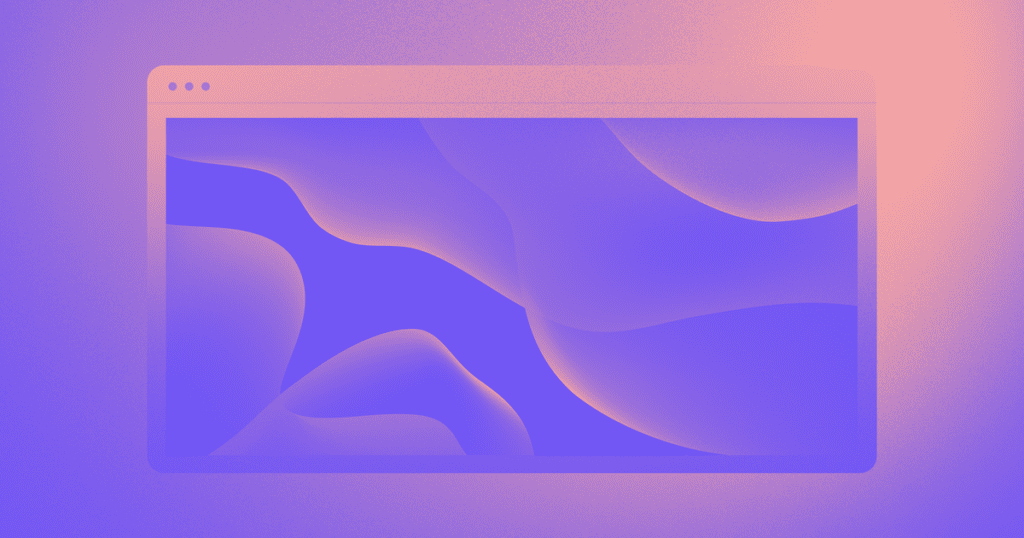
Essential Web Design Trends to Watch in 2025
The digital world is constantly changing, and web design continues to play a major role in this. To create websites that engage users, improve functionality, and meet modern expectations, it’s important to stay ahead of the trends. Several exciting web design trends will emerge in 2025 that will change the way businesses communicate with their audiences and improve user experiences. Let’s explore the top trends of 2025.
Table of contents
Immersive 3D Design
Web design is increasingly using 3D elements to create interactive and engaging experiences. Thanks to technological advancements and faster internet connections, 3D graphics are more accessible and fluid than ever. Whether it’s 3D product mockups for e-commerce or dynamic animations that respond to user interactions, this trend adds depth and realism to websites. With tools like WebGL and Three.js continuing to improve, 3D design will become more prevalent in 2025.
AI-driven personalization
Artificial intelligence is revolutionizing web design by making it smarter and more intuitive. By 2025, AI-powered personalization will become standard. Websites will analyze user behavior in real-time to provide personalized content, product recommendations, and adaptive interfaces. This will not only improve the user experience, but also conversion rates by giving users exactly what they need. Chatbots and virtual assistants are also becoming increasingly sophisticated, with conversations that will be virtually indistinguishable from human interactions.
Minimalism, redefined
Minimalism remains a popular design philosophy, but in 2025 it will be reinvented with a focus on functional simplicity. Clean layouts with bold typography, lots of white space, and clear calls to action will remain the norm. However, designers are adding subtle animations, pops of color, and soft transitions to give minimalist designs more personality and sophistication. This approach creates visually appealing websites that don’t overwhelm users.
Dark Mode and Dynamic Themes
Dark Mode has been popular for years, but in 2025 it will evolve into dynamic themes that adapt to user preferences, time of day, or environmental conditions. This trend combines aesthetics and functionality by offering comfort and visual variety. For example, websites can use color schemes that change slightly throughout the day, creating a more organic and immersive experience.
Voice User Interfaces (VUIs)
With the increasing popularity of smart speakers and voice assistants, voice user interfaces are becoming an important part of web design. By 2025, more and more websites will integrate VUIs that allow users to navigate, search, and interact with content using voice commands. This trend is especially valuable for improving accessibility and serving users on the go.
Sustainable web design
As sustainability becomes more important across industries, eco-friendly web design is gaining popularity. This involves designing websites that use less energy by optimizing performance, reducing server loads, and using efficient coding practices. Sustainable design aligns with the growing awareness of consumers and allows brands to demonstrate their commitment to environmental stewardship.
Motion Design and Advanced Micro-Interaction
Motion design will continue to play a major role in web design, with advanced microinteractions leading the way. Subtle animations like hover effects, scroll-activated transitions, and animated icons increase user engagement and provide visual feedback. In 2025, these elements will become even more refined and seamlessly integrated into designs, intuitively guiding users through websites.
The Rise of No-Code Platforms
No-code and low-code platforms are making it possible for more and more people to build websites without extensive technical knowledge. By 2025, these tools will become increasingly sophisticated, allowing designers to create complex, visually stunning websites with drag-and-drop interfaces. This trend is democratizing web design and enabling small businesses and individuals to create a professional online presence.
Conclusion
Web design trends in 2025 reflect a mix of creativity, innovation, and user-centric thinking. From immersive 3D elements to AI-powered personalization and sustainable practices, these trends show how design continues to push boundaries. By embracing these developments, businesses can ensure their websites remain modern, functional, and engaging in an ever-changing digital landscape. Following these trends isn’t just about keeping up—it’s about setting the standard for what’s next.


